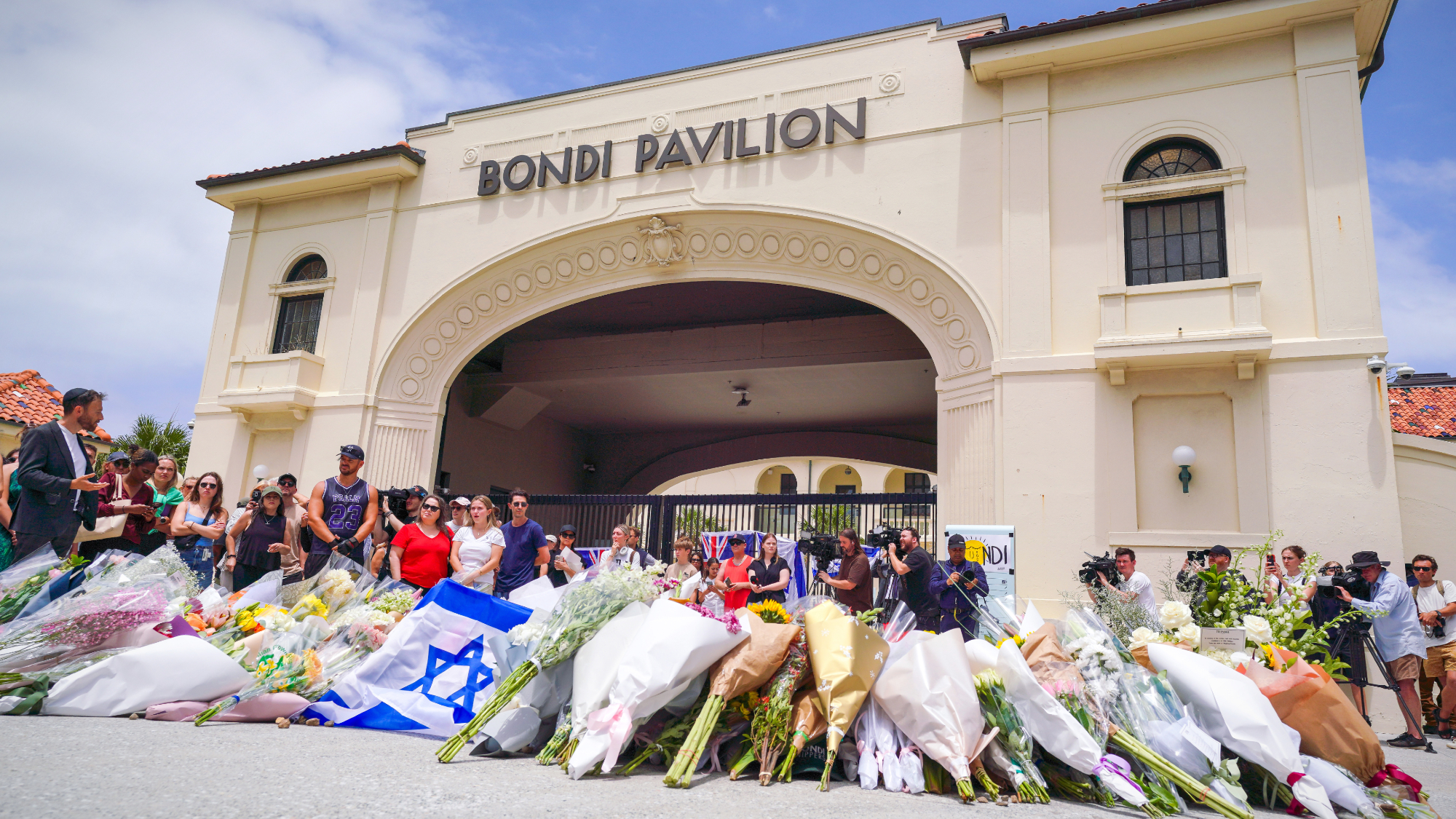Thousands stung as jellyfish invade Australian beaches
More than 5,000 people stung along Sunshine Coast and Gold Coast beaches

At least 5,000 people have been stung by a “wall” of jellyfish along the coast of Queensland over the weekend, in what has been described as an unprecedented incident.
Popular beaches along the Sunshine Coast and the Gold Coast have been closed off after unusually strong swells drove thousands of small but potent bluebottle jellyfish - also known as the Indo-Pacific Portuguese man-of-war - onto the shoreline.
On Sunday alone, close to 1,000 people required medical treatment for bluebottle stings, in what Surf Life Saving duty officer Jeremy Sturges described as an “epidemic”.
The Week
Escape your echo chamber. Get the facts behind the news, plus analysis from multiple perspectives.

Sign up for The Week's Free Newsletters
From our morning news briefing to a weekly Good News Newsletter, get the best of The Week delivered directly to your inbox.
From our morning news briefing to a weekly Good News Newsletter, get the best of The Week delivered directly to your inbox.
“I have never seen anything like this - ever,” he told SBS, adding that many of the jellyfish had ended up beached on the shore, meaning swimmers were not the only ones at risk.
“People have been hurt as they just walk along the shoreline,” he said. “Don’t pick it up, don’t walk on it or you will be stung.”
Bluebottle stings cause intense pain for up to an hour, and can leave behind an itchy or tender red mark, says Australian medical advice website My Dr.
They are not usually dangerous, but several bathers have been treated for anaphylactic shock after suffering an allergic reaction to the stings.
A free daily email with the biggest news stories of the day – and the best features from TheWeek.com
The “wall” of jellyfish has begun to disperse, but paramedics and lifeguards still treated more than 200 sting victims today, mostly on the Sunshine Coast.
Since the beginning of December, “22,282 people sought treatment for bluebottle stings”, the Australian Associated Press reports, more than three times the rate in the same period last year.
The estimate was greeted with surprise by Lisa-ann Gershwin, director of the Australian Marine Stinger Advisory Service.
“Wow, that is unusual,” she told the Australian AP. “The numbers I have seen published are 25,000 to 45,000 per year for the whole of Australia.
“Those figures, the 22,282, are for about five weeks and that’s just one teeny tiny smidgen of Australia, so that is a lot.”
-
 Australia weighs new gun laws after antisemitic attack
Australia weighs new gun laws after antisemitic attackSpeed Read A father and son opened fire on Jewish families at Sydney’s Bondi Beach, killing at least 15
-
 How Bulgaria’s government fell amid mass protests
How Bulgaria’s government fell amid mass protestsThe Explainer The country’s prime minister resigned as part of the fallout
-
 Femicide: Italy’s newest crime
Femicide: Italy’s newest crimeThe Explainer Landmark law to criminalise murder of a woman as an ‘act of hatred’ or ‘subjugation’ but critics say Italy is still deeply patriarchal
-
 Brazil’s Bolsonaro behind bars after appeals run out
Brazil’s Bolsonaro behind bars after appeals run outSpeed Read He will serve 27 years in prison
-
 Americans traveling abroad face renewed criticism in the Trump era
Americans traveling abroad face renewed criticism in the Trump eraThe Explainer Some of Trump’s behavior has Americans being questioned
-
 Nigeria confused by Trump invasion threat
Nigeria confused by Trump invasion threatSpeed Read Trump has claimed the country is persecuting Christians
-
 Sanae Takaichi: Japan’s Iron Lady set to be the country’s first woman prime minister
Sanae Takaichi: Japan’s Iron Lady set to be the country’s first woman prime ministerIn the Spotlight Takaichi is a member of Japan’s conservative, nationalist Liberal Democratic Party
-
 Russia is ‘helping China’ prepare for an invasion of Taiwan
Russia is ‘helping China’ prepare for an invasion of TaiwanIn the Spotlight Russia is reportedly allowing China access to military training


